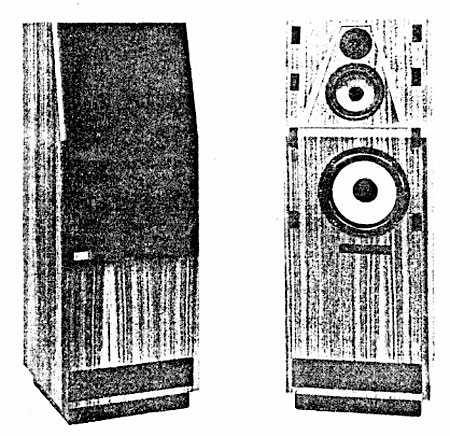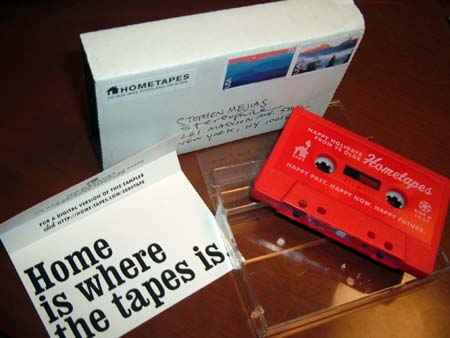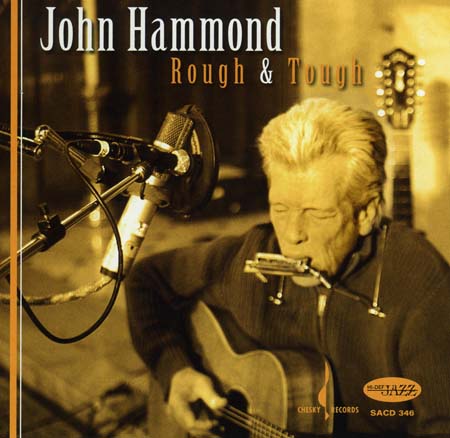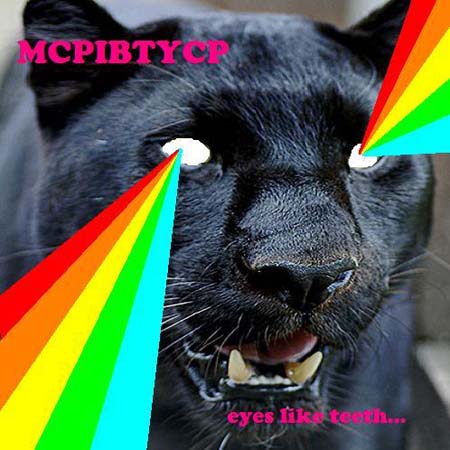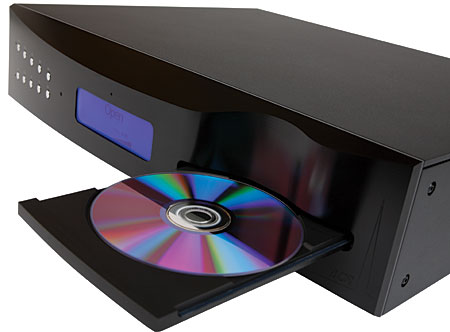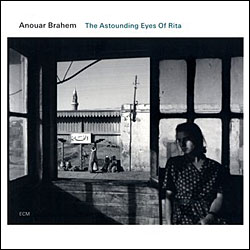LATEST ADDITIONS
Where the Tapes Is
I’ve received two packages in the mail today. Both were from Portland, Oregon, a hotbed for outstanding independent music, and both contained <i><a href="http://blog.stereophile.com/stephenmejias/why_cassettes/">tapes</a></i&…;.
What was your biggest audio disaster?
It could have been a stupendously bad purchase or, perhaps, a cat running across the turntable while your first-pressing Parlophone Beatles LP was playing. What stands out as your biggest audio disaster?
The Jazz Book of the Year
The jazz book of the year is called, simply,<I>Jazz</I>. Written by Gary Giddins, the best living jazz critic, and Scott DeVeaux, one of the most astute jazz historians, it’s a vital reference for those well versed in the subject and an essential guide for those who get lost in its thickets and want to know how to listen to the music so that it at least makes sense.
White Man's Blues
John Hammond has always been a strange case. Son of the legendary record producer and scout John Hammond Sr. who worked with Billie Holiday, Bruce Springsteen, Bob Dylan and Leonard Cohen, young John who sang and played guitar staked out a difficult piece of musical turf when he decided to make playing acoustic Delta–styled blues on the National Steel guitar his signature move.
Why Cassettes?
I was introduced to <a href="http://www.freewebs.com/scotchtapes/">Scotch Tapes</a>, “the worst hi-tech music label ever,” on December 9, by a <a href="http://twitter.com/stereophilemag">Twitter</a> post from <a href="http://www.jagjaguwar.com/">Jagjaguwar</a>. Oneida would be releasing a limited-edition <i>cassette</i> through Scotch Tapes. This was interesting news to me, first because <a href="http://blog.stereophile.com/stephenmejias/the_way_we_listened_then/">I’ve been fascinated</a> with the idea of a “cassette tape revival,” and second because Oneida is a well-established name in the world of underground rock bands. Why would Oneida release work on a format that had been all but forgotten by the music industry? Why cassettes?
Best Jazz of the Year (and the Decade)
My annual piece on the Best Jazz Albums of the Year appears in today’s edition of <I>Slate</I> (for which I write a regular column, though usually on foreign and military policy). This time, I also drew up two lists of the Best Jazz Albums of the Decade—one for new recordings, the other for previously unreleased historical recordings (treasure troves of which were excavated this past 10 years). Readers of this blog may recall reading about most of these albums in this space.
ATC SCM 11 loudspeaker
The venerable British company ATC Loudspeaker Technology was founded in 1974 by Billy Woodman, and is famous within the professional community for developing the first soft-dome midrange driver, and for their well-regarded line of active (powered) studio monitors, the user list of which is a veritable <I>Who's Who</I> of mastering engineers. ATC loudspeakers are all still made in the UK, and were a favorite of the late <A HREF="http://www.stereophile.com/asweseeit/j_gordon_holt_19301502009">J. Gordon Holt</A>.
dCS Puccini SACD playback system
It's now 10 years since the launch of the two high-resolution audio disc formats, <A HREF="http://www.stereophile.com/asweseeit/164">SACD</A> and <A HREF="http://www.stereophile.com/asweseeit/1099awsi">DVD-Audio</A>. Yet, perhaps partly because both were <A HREF="http://www.stereophile.com/asweseeit/257">hobbled in various ways</A> to please the record industry, perhaps partly because too many supposed hi-rez releases sounded no better than CD, and perhaps partly because record retailers weren't sure how to display the formats to their best advantage, neither took off in any substantive way. DVD-A disappeared, and SACD survived only as a niche format for high-quality classical releases in both two- and multichannel forms. As we got deeper into the same decade, digital technology, despite various sparks and flashes, went into the doldrums. Mainstream digital technology was increasingly concerned with squashing the music into fewer and more portable bits, not with increased sound quality. Even the concept of "CD sound quality" began to seem an unattainable goal, as <A HREF="http://www.stereophile.com/features/308mp3cd">MP3 files</A> became the dominant music carrier.
Recording of December 2009: The Astounding Eyes of Rita
<B>Anouar Brahem: <I>The Astounding Eyes of Rita</I></B><BR>
Anouar Brahem, oud; Klaus Gesing, bass clarinet; Björn Meyer, bass; Khaled Yassine, darbouka, bendir<BR>
ECM 2075 (CD). 2009. Manfred Eicher, prod.; Stefano Amerio, eng. DDD. TT: 53:31<BR>
Performance ****<BR>
Sonics *****

